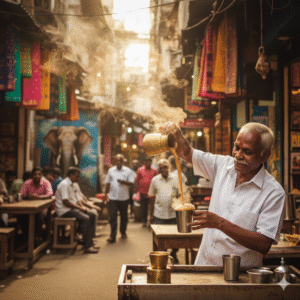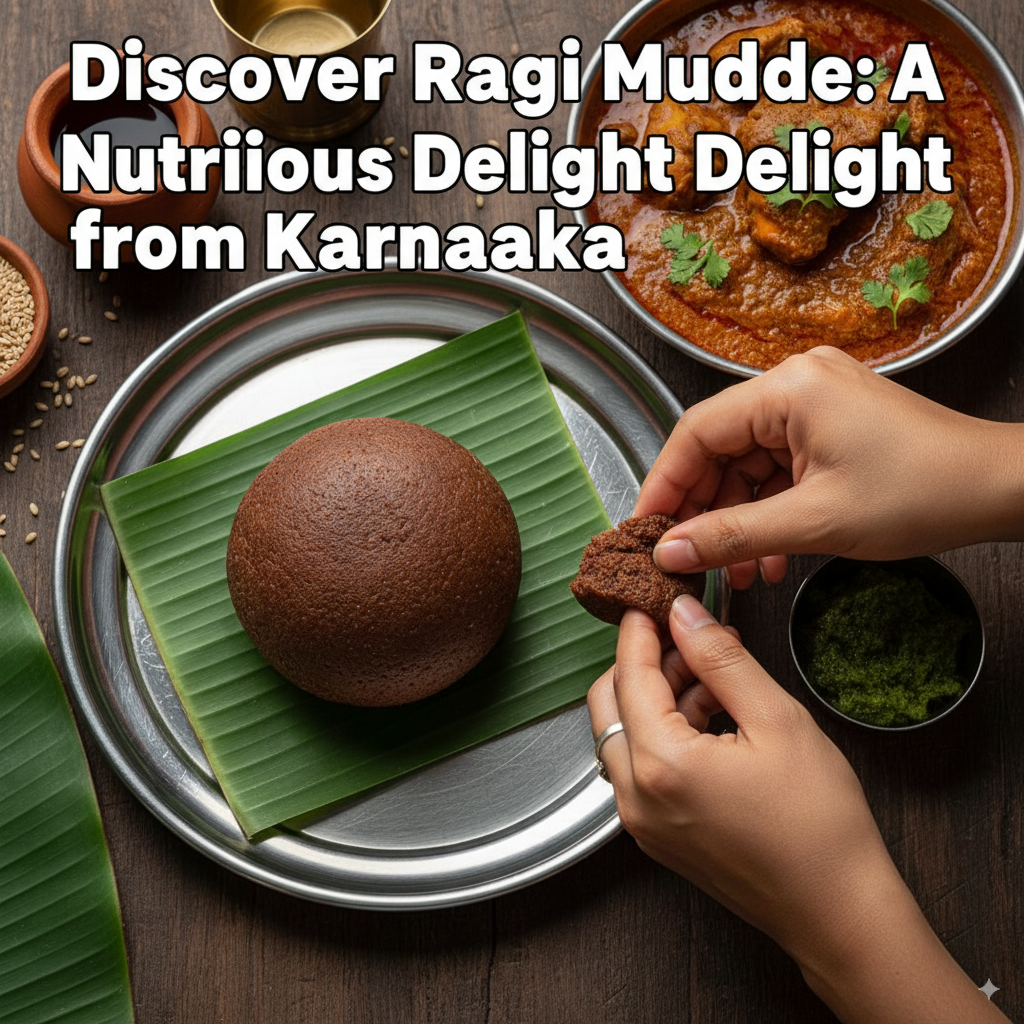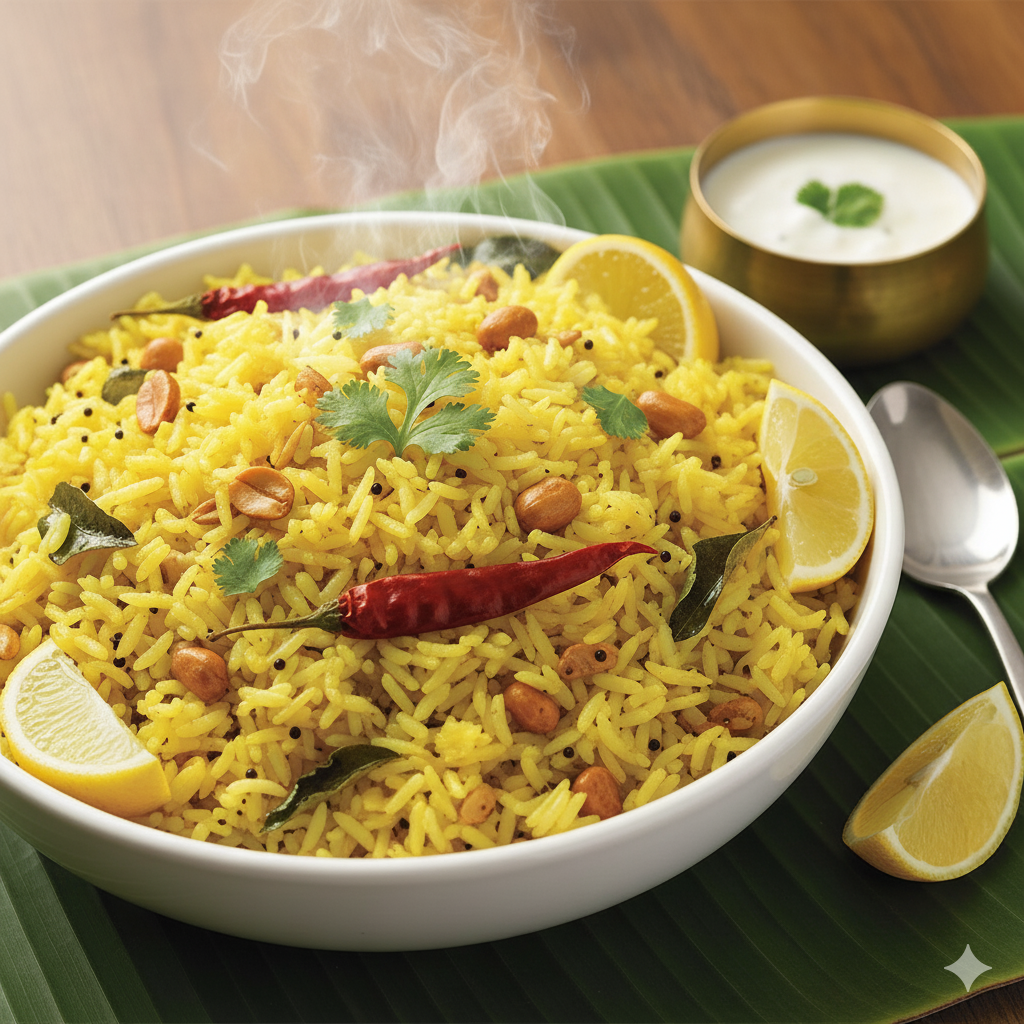Discovering the Magic of Filter Coffee
Table of Contents
Picture this: you’re strolling through the vibrant streets of South India, where the air hums with the irresistible aroma of freshly brewed coffee. That’s the filter coffee—affectionately called “kaapi”—stealing hearts and waking souls with every frothy sip. This isn’t just a drink; it’s a cultural treasure, a morning ritual, and a warm hug in a cup. Ready to dive into the world of the filter coffee? In this lively 2500-word adventure, we’ll uncover what makes this brew so special, how to whip it up at home, and why it’s a global sensation. Whether you’re a coffee geek or just curious, grab a seat, and let’s explore the magic of the filter coffee together!
The filter coffee isn’t your average joe. It’s a bold, frothy masterpiece that blends tradition with pure deliciousness. From cozy South Indian homes to trendy cafes worldwide, the filter coffee has a knack for bringing people together. So, buckle up as we spill the beans on what is filter coffee, how to make filter coffee, and why it’s the ultimate caffeine kick you need in your life.

The Filter Coffee: A Love Story in a Cup
Let’s get one thing straight: the filter coffee is no ordinary brew. It’s a South Indian superstar, born from a slow, soulful process that teases out every ounce of flavor from the beans. Imagine finely ground coffee, kissed with a touch of chicory, percolating through a traditional metal filter. The result? A rich, velvety decoction that’s mixed with steaming milk and just the right amount of sugar to create a cup of pure bliss.
What makes the filter coffee stand out is its secret weapon: chicory. This roasted root adds a caramel-like depth, giving the drink a smooth, woody vibe that’s downright addictive. Born during coffee shortages in World War II, chicory stretched the brew while adding character, and it’s been a game-changer ever since. The coffee-to-chicory ratio—usually 80:20 or 70:30—depends on how bold you like your kaapi.
Served in a classic davarah set (that’s a shiny stainless steel tumbler and saucer), the filter coffee gets its signature froth from a dramatic pouring ritual. Back and forth, from tumbler to saucer, the coffee dances, cooling slightly and gaining that creamy texture we all crave. It’s not just a drink—it’s a performance! And whether you’re sipping it hot or experimenting with an iced twist, the filter coffee always delivers a punch of flavor and nostalgia.
What is Filter Coffee? Let’s Break It Down

So, what is filter coffee, anyway? At its heart, it’s coffee brewed by letting hot water work its magic through ground beans in a filter. But in South India, it’s a whole vibe. The filter coffee is crafted using a two-chambered metal contraption that’s as iconic as the drink itself. Hot water drips through a blend of coffee and chicory, creating a potent decoction that’s later mixed with milk and sugar for that perfect balance of bold and sweet.
The “filter” part comes from the gravity-driven process—no fancy machines, no paper filters, just pure, unadulterated coffee goodness. This slow drip method extracts every nuance of the beans, leaving you with a brew that’s clean, aromatic, and full-bodied.
In places like Chennai or Bangalore, the filter coffee is the heartbeat of the morning. It’s the fuel for early risers, the backdrop to family chats, and the star of every coffee house. The aroma alone is enough to pull you out of bed, while the frothy texture feels like a warm embrace. If you haven’t tasted the filter coffee yet, you’re in for a treat that’s as much about the experience as the flavor.
A Sip Through History: The Origins of Filter Coffee
The story of the filter coffee is as rich and layered as the drink itself. Legend has it that coffee first arrived in India in the 17th century, smuggled by the Sufi saint Baba Budan, who tucked seven beans from Yemen into his robes and planted them in Karnataka’s lush hills. Fast forward to the 20th century, and the filter coffee as we know it started to take shape.
During British colonial times, coffee plantations boomed, but pure coffee was a luxury. Enter chicory, the budget-friendly hero that stretched coffee supplies during World War II. Around the 1940s, clever folks in Madras (now Chennai) adapted European percolation techniques, creating the iconic filter apparatus that’s still a kitchen staple today.
From roadside stalls to legendary coffee houses, the filter coffee became a cultural cornerstone. It’s survived the rise of global coffee chains, proving that nothing beats the charm of a frothy kaapi served in a gleaming tumbler. Rooted in the coffee estates of Coorg and Chikmagalur, this brew is a love letter to India’s coffee heritage.
Meet the Star: The Filter Coffee Maker
The real MVP behind the filter coffee? The filter coffee maker itself. This sleek, two-part device—usually brass or stainless steel—is where the magic happens. The top chamber, with its perforated base, holds the coffee grounds, while the bottom catches the glorious decoction.
Using it is like a meditation in patience. Add your coffee powder, pour in hot water, and let gravity work its slow, steady charm. The result is a concentrated brew that’s worth the wait—anywhere from 15 minutes to a few hours, depending on how much you’re making.
Brass filters add a touch of old-school elegance, while stainless steel ones are practical and easy to clean. Sure, electric drip machines try to mimic the process, but nothing captures the soul of the filter coffee like the traditional setup. It’s a piece of history you can hold, and in South Indian homes, it’s practically family.
Picking the Perfect Beans for Filter Coffee
Great filter coffee starts with great beans. A blend of Arabica (for aroma and acidity) and Robusta (for body and that caffeine kick) is the gold standard. Toss in some chicory for that signature depth, and you’re halfway to kaapi heaven.
The roast is key—medium to dark brings out the bold flavors needed for the decoction. Too light, and the coffee won’t shine through the milk; too dark, and it might taste burnt. The grind should be fine but not powdery to avoid clogging the filter.
For the freshest brew, source beans from trusted estates in Coorg or Chikmagalur, where shade-grown coffee thrives in perfect conditions. Play with blends to find your sweet spot, but don’t stray too far from tradition if you want that authentic filter coffee vibe.
How to Make Filter Coffee: Your Step-by-Step Guide
Ready to brew your own filter coffee? Let’s get that tumbler ready! Here’s how to make filter coffee like a pro at home. You’ll need a filter coffee maker, coffee powder (with chicory), milk, sugar, and some enthusiasm.
- Load the Filter: Spoon 2-3 tablespoons of coffee powder into the upper chamber and gently tamp it down. Don’t pack it too tight—you want the water to flow.
- Pour the Water: Slowly add 100-150 ml of boiling water (just off the boil, around 95°C) until the grounds are fully soaked.
- Wait for the Magic: Pop the lid on and let the decoction drip into the lower chamber. This can take 15-30 minutes, so grab a book or daydream about your first sip.
- Mix It Up: Boil milk separately. For one cup, mix 1-2 tablespoons of decoction with hot milk and sugar to taste. Adjust for strength.
- Get Frothy: Pour the coffee between the tumbler and saucer 4-5 times from a height. This creates that iconic froth and cools it just enough to sip.
Voila! You’ve just made the filter coffee that’ll rival any South Indian cafe. Store extra decoction in the fridge for a day, but fresh is always best.
Spice It Up: Fun Filter Coffee Variations
The classic filter coffee is a legend, but there’s room to play. Feeling adventurous? Try it black for a pure, intense hit of coffee. Or add a pinch of cardamom for a fragrant twist that’ll make your taste buds dance.
For hot summer days, iced filter coffee is a game-changer—chill the decoction, mix with cold milk, and pour over ice. Vegan? Swap dairy for almond or oat milk. Want a kick? A hint of ginger or cinnamon can elevate your brew.
Across South India, you’ll find regional spins: Kerala’s version is extra strong, while Andhra’s leans sweeter. The filter coffee is your playground—mix it up and make it yours!
Why Filter Coffee is Good for You
The filter coffee isn’t just a treat for your taste buds; it’s got some health perks too. Packed with antioxidants, coffee can help fight off free radicals and lower the risk of diseases like diabetes.
Chicory brings its own superpowers, aiding digestion and boosting gut health with prebiotic goodness. The caffeine in the filter coffee gives your brain a wake-up call and might even rev up your metabolism.
Of course, moderation is key—too much sugar or milk can tip the calorie scale. Stick to organic beans for a cleaner brew, and sip your way to a happier, healthier you.
The Cultural Heartbeat of Filter Coffee
In South India, the filter coffee is more than a drink—it’s a way of life. It’s the morning ritual that pairs perfectly with newspapers and family gossip. During festivals, it’s the first thing offered to guests, a warm gesture of hospitality.
Iconic coffee houses, like the Indian Coffee House, have turned the filter coffee into a social event, sparking conversations and ideas over steaming tumblers. It’s a symbol of connection, tradition, and the simple joy of sharing a moment.
Pro Tips for the Ultimate Filter Coffee
Want to nail the filter coffee every time? Use fresh, high-quality coffee powder and water just shy of boiling. Keep your filter sparkling clean to avoid any funky flavors. Store decoction in a glass container for purity, and pour from a height for max froth. Practice makes perfect, and soon you’ll be a kaapi master!
Wrapping Up: Fall in Love with Filter Coffee
From its storied past to its frothy present, the filter coffee is a journey worth taking. Whether you’re mastering how to make filter coffee or savoring its cultural roots, this brew is a celebration of flavor and tradition. So, fire up that filter, pour yourself a cup, and let the filter coffee work its magic. Your mornings will never be the same!


